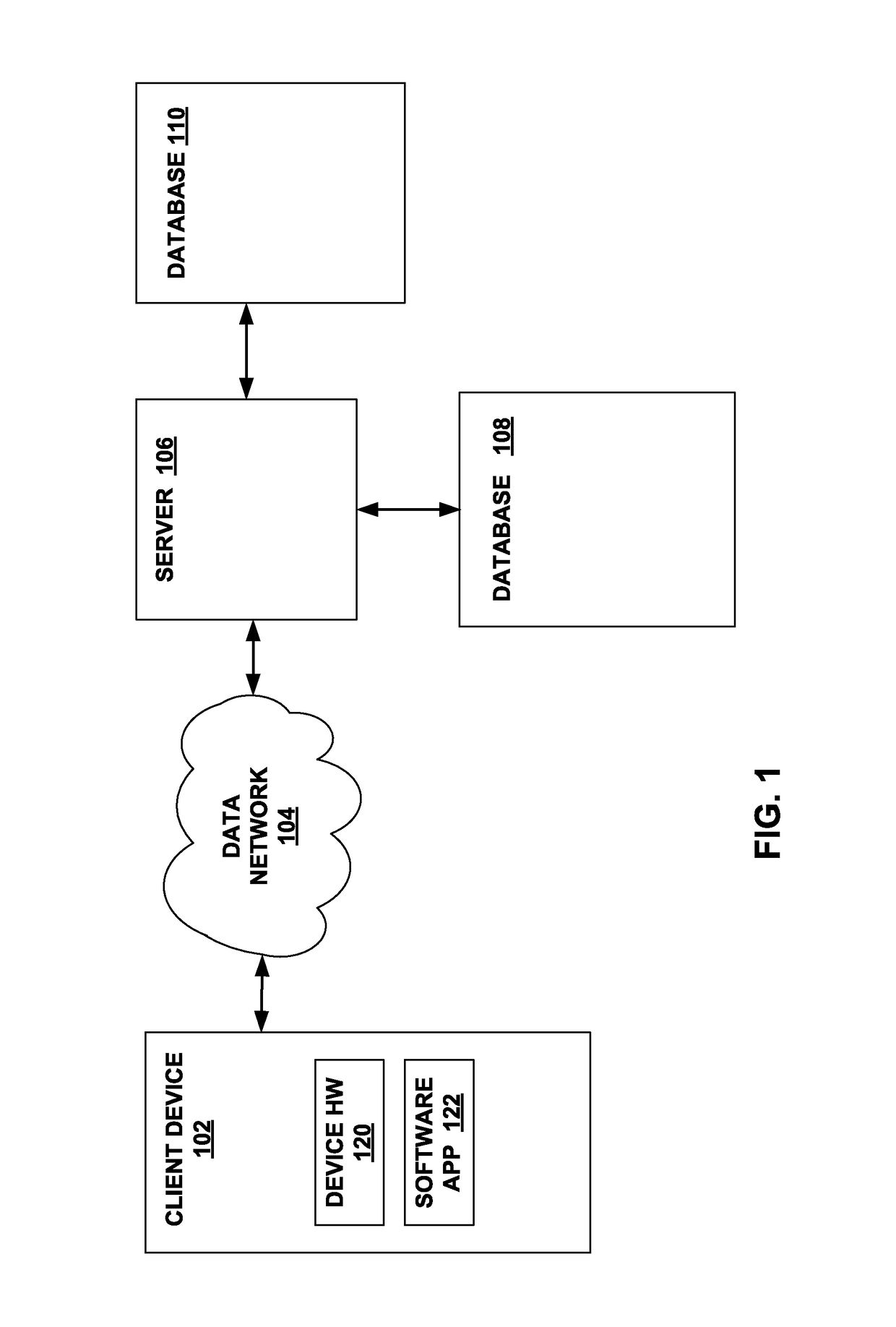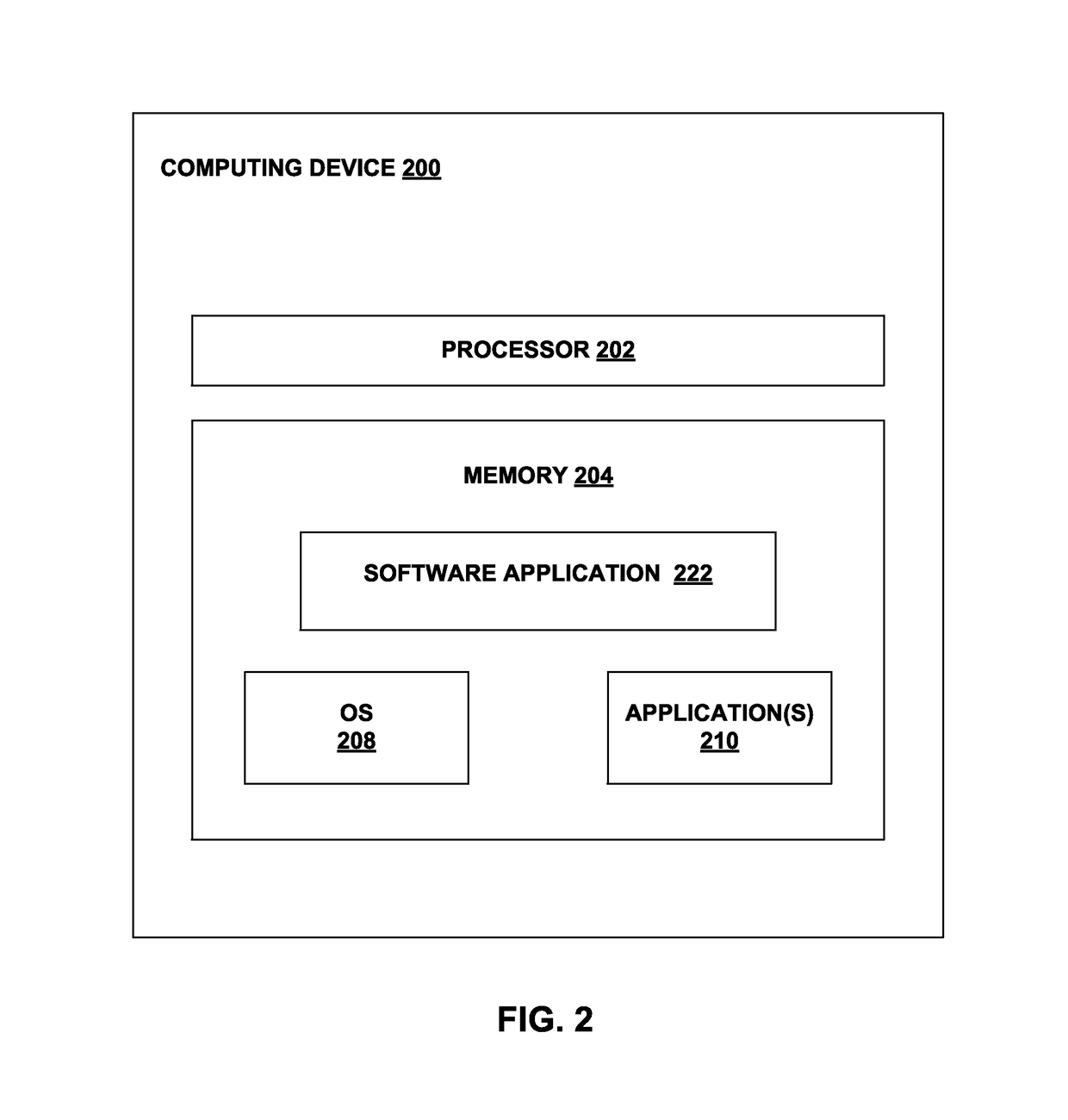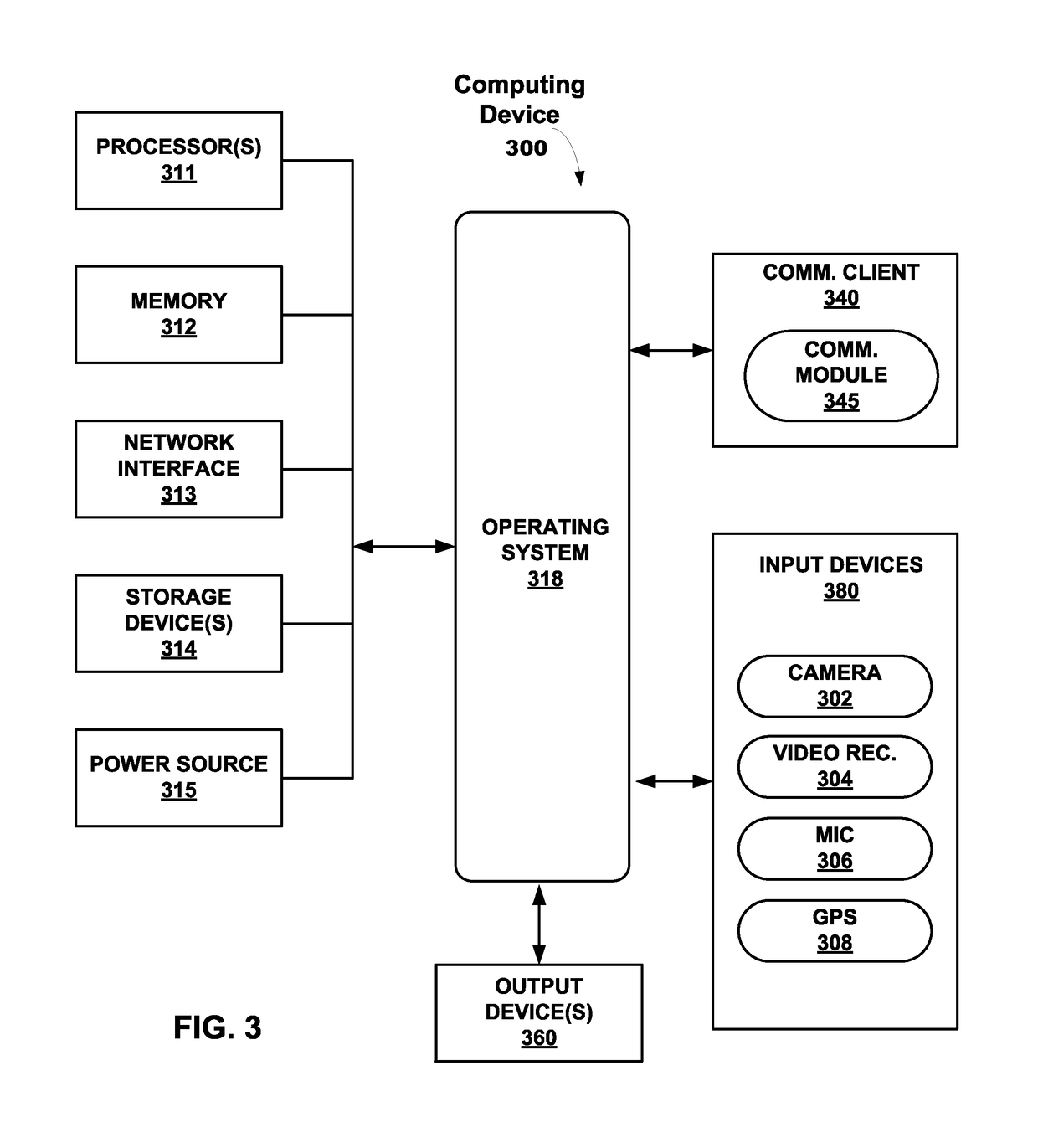Relation aware aggregation (RAA) on normalized datasets
a dataset and relation awareness technology, applied in the field of relation aware aggregation (raa) on normalized datasets, can solve the problems of inefficiency of data queries against data in this form, inefficient in space, computational burden, etc., to avoid the inefficiencies of normalized data, maintain the flexibility of a pure normalized database, and reduce the number of processing steps and/or memory.
- Summary
- Abstract
- Description
- Claims
- Application Information
AI Technical Summary
Benefits of technology
Problems solved by technology
Method used
Image
Examples
Embodiment Construction
[0261]As discussed above, RAA is a method of computing aggregate functions on data sets that avoids the inefficiencies needed to accurately calculate aggregate functions on joined normalized data while still maintaining the flexibility of a pure normalized database. The present disclosure provides methods for performing an aggregate function using a database query, wherein the database query joins a plurality of database tables and includes a distinct aggregation function, which, when executed against one or more databases aggregates only values of database records corresponding to distinct keys by which the tables are joined, regardless of the cardinality of the joined tables.
[0262]Before the present invention is described in greater detail, it is to be understood that this invention is not limited to particular embodiments described, as such may vary. It is also to be understood that the terminology used herein is for the purpose of describing particular embodiments only, and is n...
PUM
 Login to View More
Login to View More Abstract
Description
Claims
Application Information
 Login to View More
Login to View More - R&D
- Intellectual Property
- Life Sciences
- Materials
- Tech Scout
- Unparalleled Data Quality
- Higher Quality Content
- 60% Fewer Hallucinations
Browse by: Latest US Patents, China's latest patents, Technical Efficacy Thesaurus, Application Domain, Technology Topic, Popular Technical Reports.
© 2025 PatSnap. All rights reserved.Legal|Privacy policy|Modern Slavery Act Transparency Statement|Sitemap|About US| Contact US: help@patsnap.com



